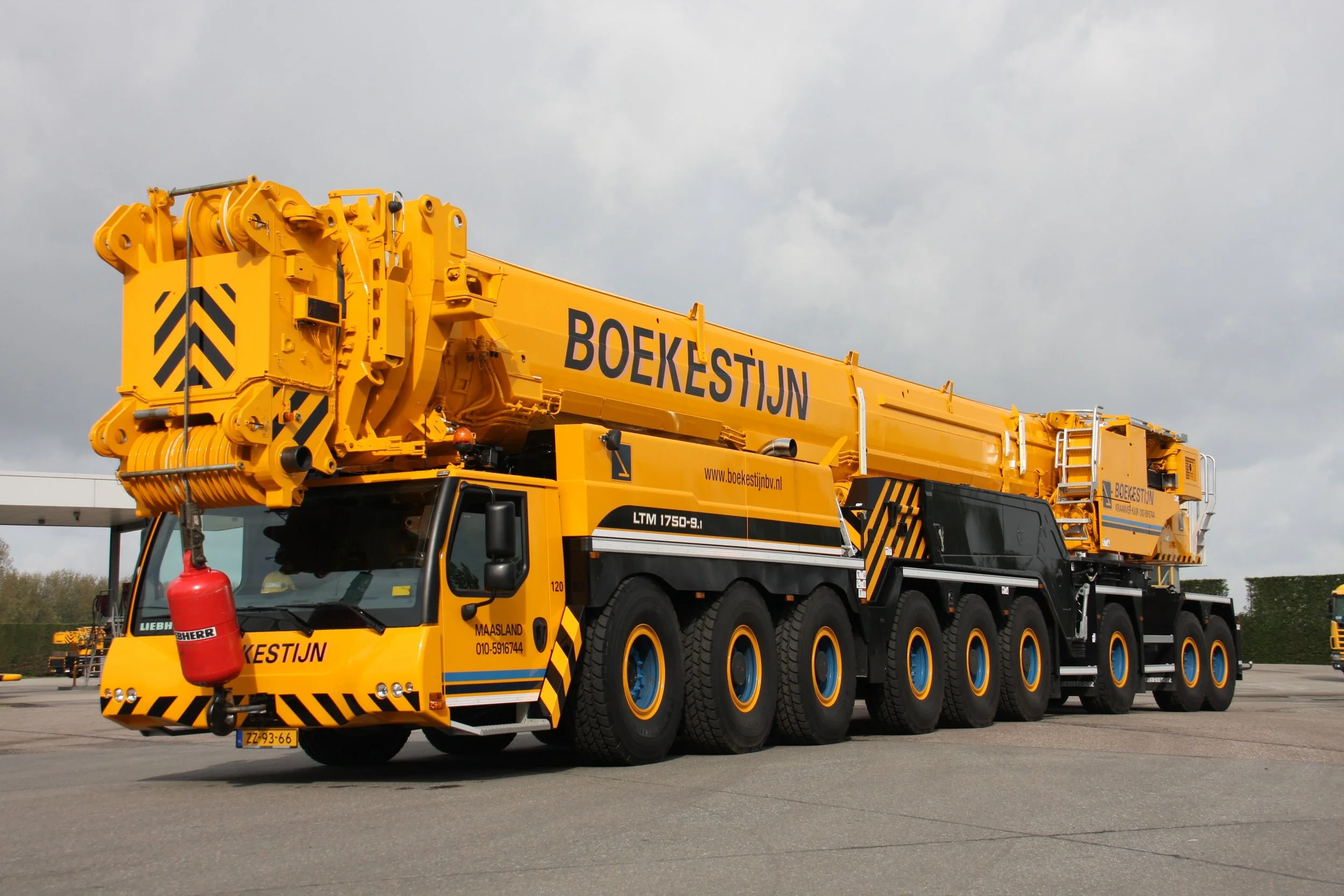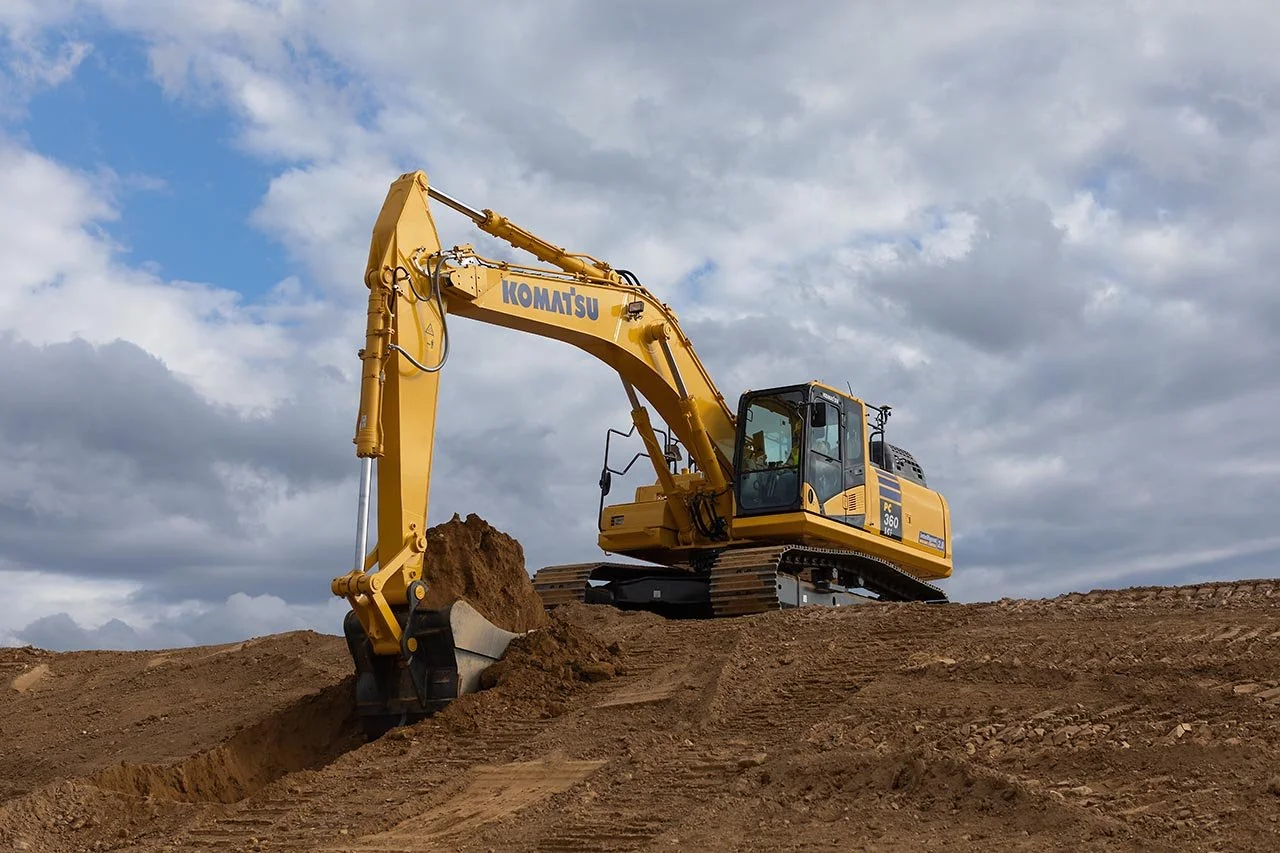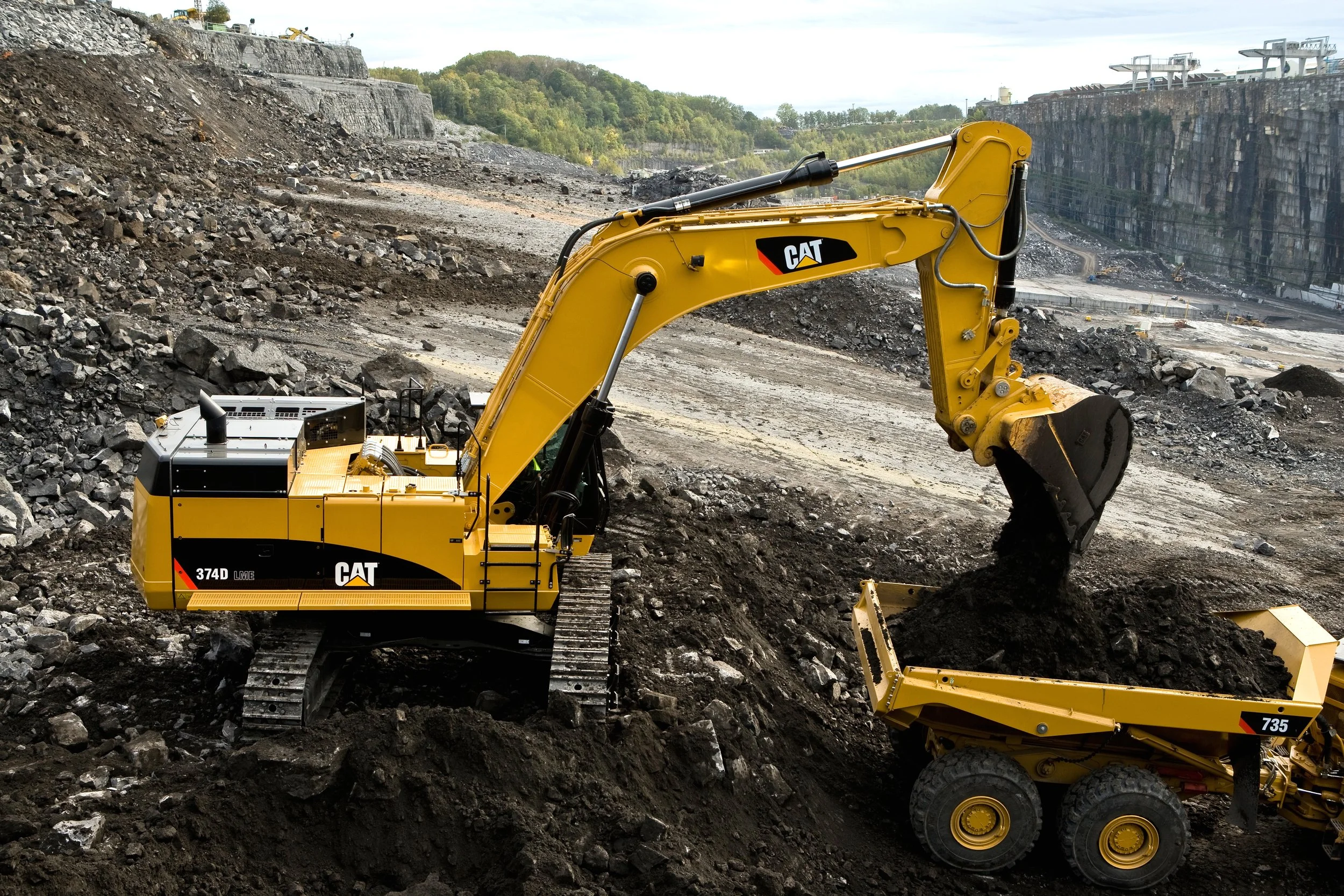CNH Industrial The Power of Integration in Agriculture and Construction
CNH Industrial may not have the brand recognition of Caterpillar or Deere, but with $23.1 billion in 2024 revenue, it is one of the largest equipment makers in the world. By bundling machinery with financing, insurance, and aftermarket services, CNH creates customer stickiness and resilience across agriculture and construction. Its strategy highlights how integration, not just scale, drives long-term growth.
Liebherr: A Decentralized Giant in Heavy Machinery and Logistics
Liebherr is not just another heavy equipment manufacturer—it is a decentralized industrial ecosystem. With €14.9 billion in 2024 revenue, operations spanning construction, mining, aerospace, and maritime cranes, and a unique family-owned governance model, Liebherr offers a rare playbook for resilience in global supply chains. Its decentralized structure, diversified portfolio, and commitment to sustainability make it one of the most quietly influential players in logistics and heavy industry.
Volvo Construction Equipment and the Push for Sustainable Heavy Machinery
Volvo Construction Equipment is not the largest in its sector, but it is shaping the future of heavy machinery. With $12.2 billion in 2024 revenue, a growing lineup of electric machines, and deep integration with Volvo Group’s logistics ecosystem, Volvo CE is proving that sustainability can be a competitive moat. From compact loaders to articulated haulers, the company is targeting civil construction and infrastructure projects increasingly defined by emissions mandates.
Komatsu and the Art of Distributed Scale
Komatsu has become the world’s second-largest heavy equipment maker, with $54.5 billion in 2024 revenue and an 11 percent global share. Its moat is built not only on size but on resilience: 60+ global plants, market dominance in mining automation, and a telematics platform embedded in over 1.4 million machines worldwide. For industries from construction to mining, Komatsu offers a model of distributed scale that supply chain leaders can learn from.
John Deere’s Hidden Power Play in Global Agriculture
From a 1,900+ dealer network to a precision agriculture data ecosystem, Deere’s moat blends physical infrastructure with predictive supply chain control. The result? 60% U.S. large tractor market share, 40%+ margins on parts, and uptime farmers trust.
John Deere isn’t just a tractor company—it’s a logistics powerhouse.
How Turner Construction Built a $16B Business on Logistics, Not Just Concrete
Turner is one of the biggest names in U.S. construction—but behind the steel and concrete is a logistics playbook few operators understand. From BIM sequencing to tower crane delivery schedules, here’s how Turner builds high-output projects with military-grade coordination.
How Crumbl Cookies Baked a Logistics Empire—One Weekly Drop at a Time
Most people see Crumbl as a TikTok-fueled cookie brand. But behind the pink box is a meticulously timed logistics machine—driven by weekly menu rotations, national fulfillment, and vertically integrated supply chain playbooks. Here’s how Crumbl scaled faster than almost any dessert brand in America—without losing rhythm.
Buc-ee’s: Not Your Average Gas Station
Buc-ee’s isn’t just a quirky roadside stop—it’s a logistics marvel. With stores that span 70,000 square feet and gas stations with over 100 pumps, the company has quietly become a masterclass in inventory velocity, distribution efficiency, and customer throughput.
CAVA’s Quiet Supply Chain: How a Mediterranean Brand Built Its Logistics Moat
Behind CAVA’s bowls and pita wraps is a deeply disciplined logistics operation. With centralized production, tight menu engineering, and a vertically integrated ingredient flow, CAVA isn’t just scaling fast—it’s scaling smart.
Warp Logistics
Most logistics startups chase the last mile. Warp focuses on the forgotten one—the middle mile. With a network of cross-docks, tech-driven consolidation, and a flexible carrier model, Warp is quietly building the connective tissue for freight that actually flows.
The New Stand: Retail-As-INfrastructure in Urban Transit Hubs
The New Stand isn’t just a modern kiosk—it’s a logistics platform disguised as a lifestyle retailer. Built for mobility, micro-footprints, and high-density commuter zones, it combines curated product offerings with data-driven inventory systems to redefine what convenience looks like in the 21st century.
Thrive market and the quiet discipline behind dtc grocery fulfillment
Thrive Market isn’t just selling almond butter and collagen—it’s running one of the most underappreciated logistics engines in DTC retail. Behind the clean packaging and wellness ethos is a fulfillment system built for density, discipline, and national scale.
Cuts Clothing and the Hidden Logistics Play Behind Every T-Shirt
Cuts Clothing is more than a DTC fashion brand—it’s a logistics-first operation that treats apparel like inventory, not hype. With fewer than 100 active SKUs, container-aligned drop cycles, and return reintegration built into forecasting, Cuts delivers on speed, margin, and customer trust at a level few competitors can match.
Amalfi Jets: Private Aviation Runs on Logistics, Not Just Luxury
Amalfi Jets isn’t scaling on luxury alone—it’s scaling on logistics, content, and customer clarity. By turning TikTok into a demand engine and structuring operations like a 4PL, they’ve built a private aviation brand for the modern affluent traveler. The planes aren’t theirs—but the experience is.
Chick-fil-A Is a Logistics Company That Sells Chicken
Everyone talks about Chick-fil-A's service. Fewer talk about the supply chain that powers it. From regional DCs to vertically integrated poultry operations, Chick-fil-A’s real advantage is upstream control—and a logistics rhythm that makes fast food feel frictionless.
BYD Is Building the Logistics Stack for the EV Age
Most car companies outsource complexity. BYD absorbs it. From raw materials to ro-ro vessels, this isn’t a brand chasing EV headlines—it’s a vertically integrated freight system that just happens to make cars.
Cloudflare Is Quietly Rebuilding the Internet from the Edge Out
Cloudflare is more than just a CDN or security provider—it’s the operations layer for a faster, safer, and programmable internet. With 300+ global data centers, a unified control plane, and a logistics strategy that mirrors FedEx, Cloudflare is turning its edge network into something much bigger: the default infrastructure for the modern web.
How Turo Built a Decentralized Logistics Network Without Owning a Fleet
Turo isn’t just disrupting the rental car industry—it’s redefining what logistics looks like in a decentralized world. With over 350,000 vehicles listed across 10,000 cities, Turo built a flexible, asset-light logistics engine without branches, yards, or a fleet. Behind the app interface lies one of the most complex orchestration platforms in travel. Here’s how Turo turned parked cars into a global logistics network.
How Ace Hardware Powers 4,000+ Independents with a Shared Supply Chain
Ace Hardware isn’t a chain—it’s a network. With over 4,000 independently owned stores across the U.S., Ace built a logistics model that enables small-town hardware shops to compete with giants. At the heart of this system lies a member-owned co-op with centralized distribution, private fleet logistics, and one of the most efficient store-replenishment engines in retail.



















